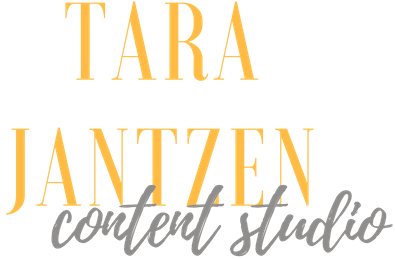We live in a world where the increase in content and ideas being shared across the globe continues to rise. Content creators are publishing on a multitude of platforms, in a variety of media formats, and at a rapid pace. We are all vying for the attention of our oftentimes similar target audiences, and competing for interest within a limited span of time. While I personally believe there is no one magic bullet to attract and retain visibility, there are things we can try to increase our odds.
There are several resources available where research has been done examining the highest access times across social media platforms. These are a great start for experimenting with your content publishing schedules; however, there are always unique circumstances to consider depending on your intended audience.
For example, in my last role, I managed the social media program for a global organization. Facebook was a great medium to share and engage with our existing and future employees. For us, more than 50% of our employee audience was based in India. That meant we had the addition of the time zone difference to contend with. We could see a spike in engagement from our employees in India at times when our North American audience was fast asleep. And if they were on Twitter, they likely missed our tweets entirely. Depending on what we were sharing, we needed to amend our publishing strategy when we wanted to target that audience set.
In this Social Media Frequency Guide published on FastCompany, and originally posted on Buffer, the author not only examines the time of day which is best but explores how often to strike that perfect balance between sharing and listening. As you can imagine, too much over-sharing and you run the risk of losing your audience entirely.
It also provides supporting metrics for the shelf life of a single tweet, 18 minutes, which I found fascinating. You have a limited amount of time on Twitter to get your message out and engage your audience. This also means you have to react to inquiries almost as quickly. Pinterest apparently has the longest life as you consider your publishing strategy.
Rallyverse posted this Slideshare deck explaining that it’s not an “or” answer, rather an “and”. Depending on what you are sharing, shift your thinking from “I could post at this time or that,” to “I will share at this time and again at this time.” The intent is to get the largest return on investment (ROI), and that may vary depending on your target and intent.
TrackMaven also has a presentation on Slideshare that outlines peak times by platform. The timelines appear to contradict some other data I’ve seen, but again, you have to test to see what works best for your content and the behaviors and time zones of your audience.
Entrepreneur published an article highlighting optimal sharing times based on research from LinkedIn and data from SumAll. The infographic shown in the article depicts a simplified view of the best time for major platforms such as Twitter, LinkedIn, Facebook, Pinterest, Instagram, and others.
A few additional infographics that give a nice visual for best and worst times based on research include:
My favorite infographic I’ve found so far is the one below by SurePayroll. This outlines the best and worst times for posting, pinning, and tweeting by platform. In addition, the author provides a few good tips and facts to make a post even more engaging.
What other considerations do you take into account when selecting optimal publishing times? Are there lessons learned that you could share to help others as they look to get the most from their publishing strategy?
Image: ©iStock.com/Anatoliy Babiy


